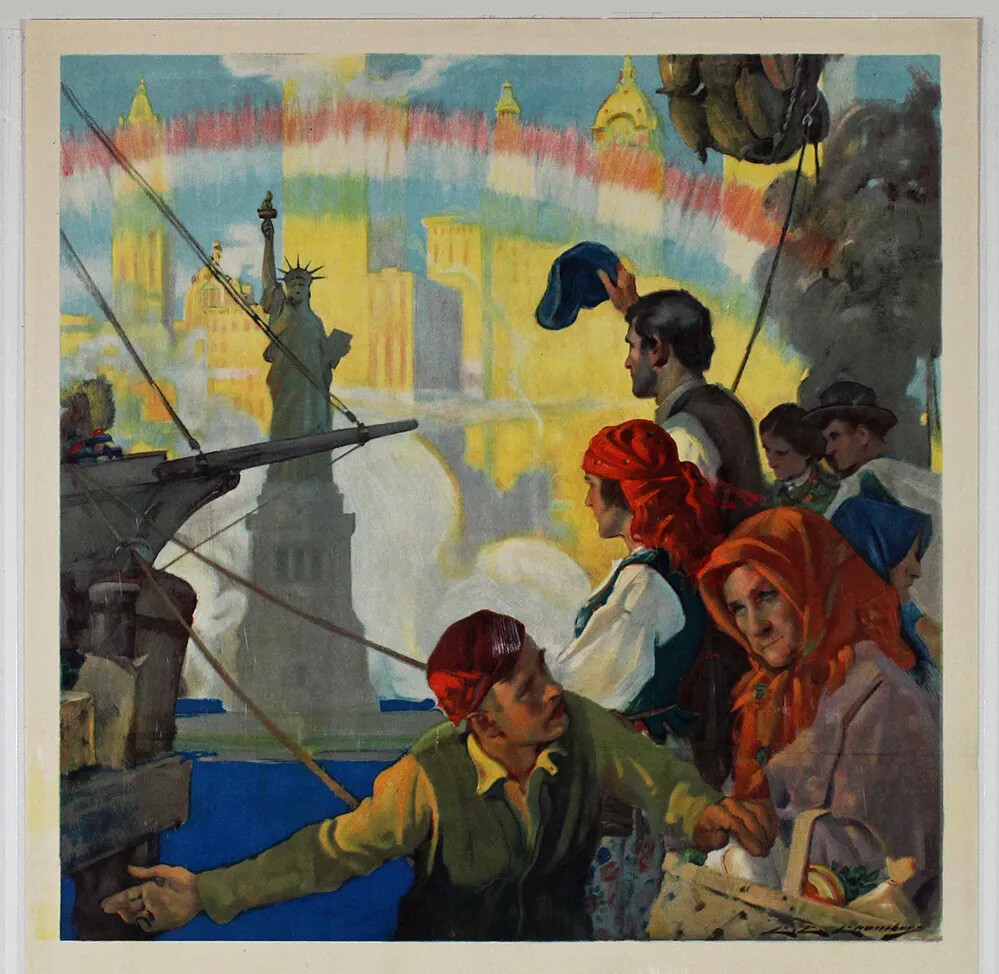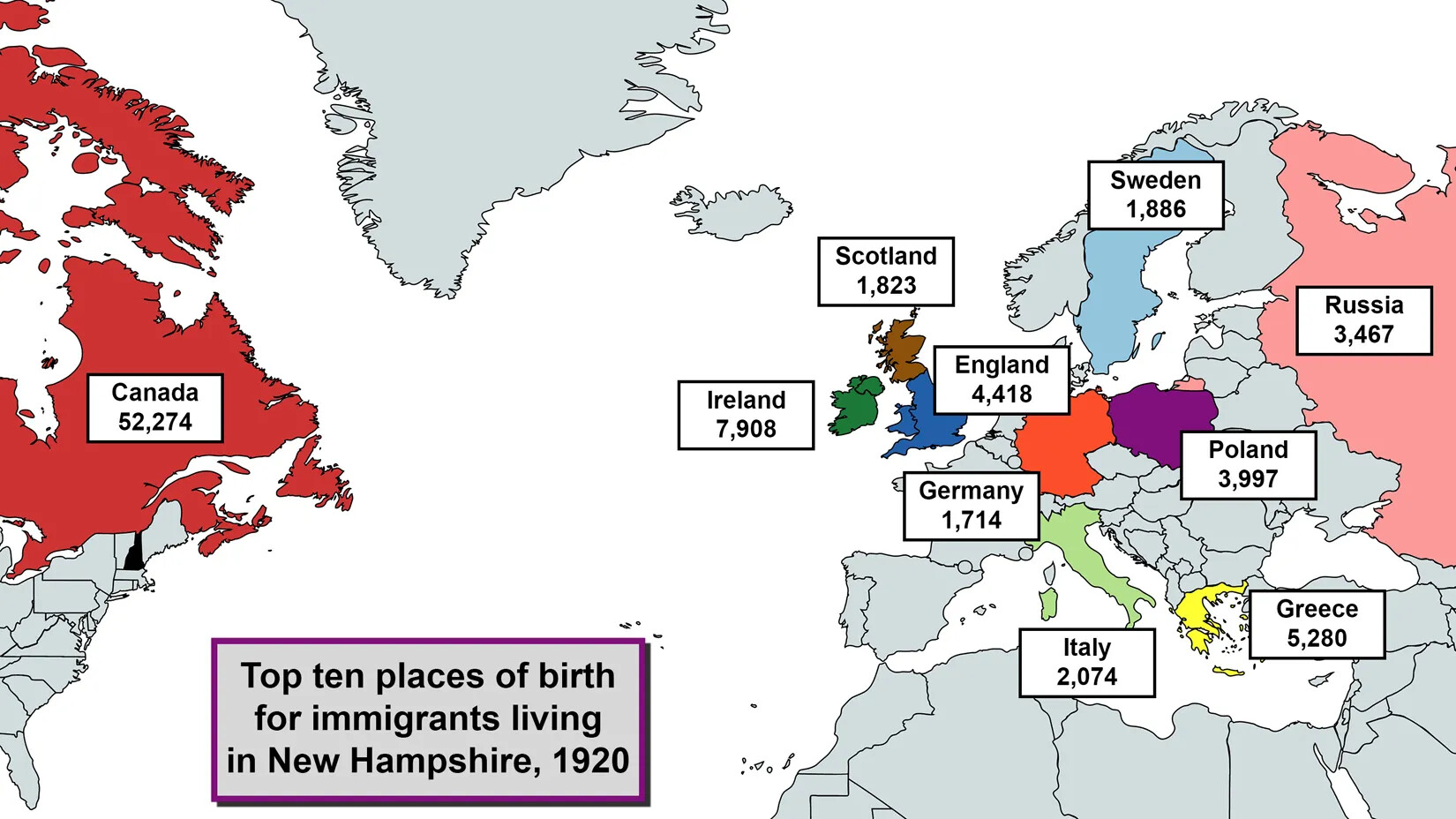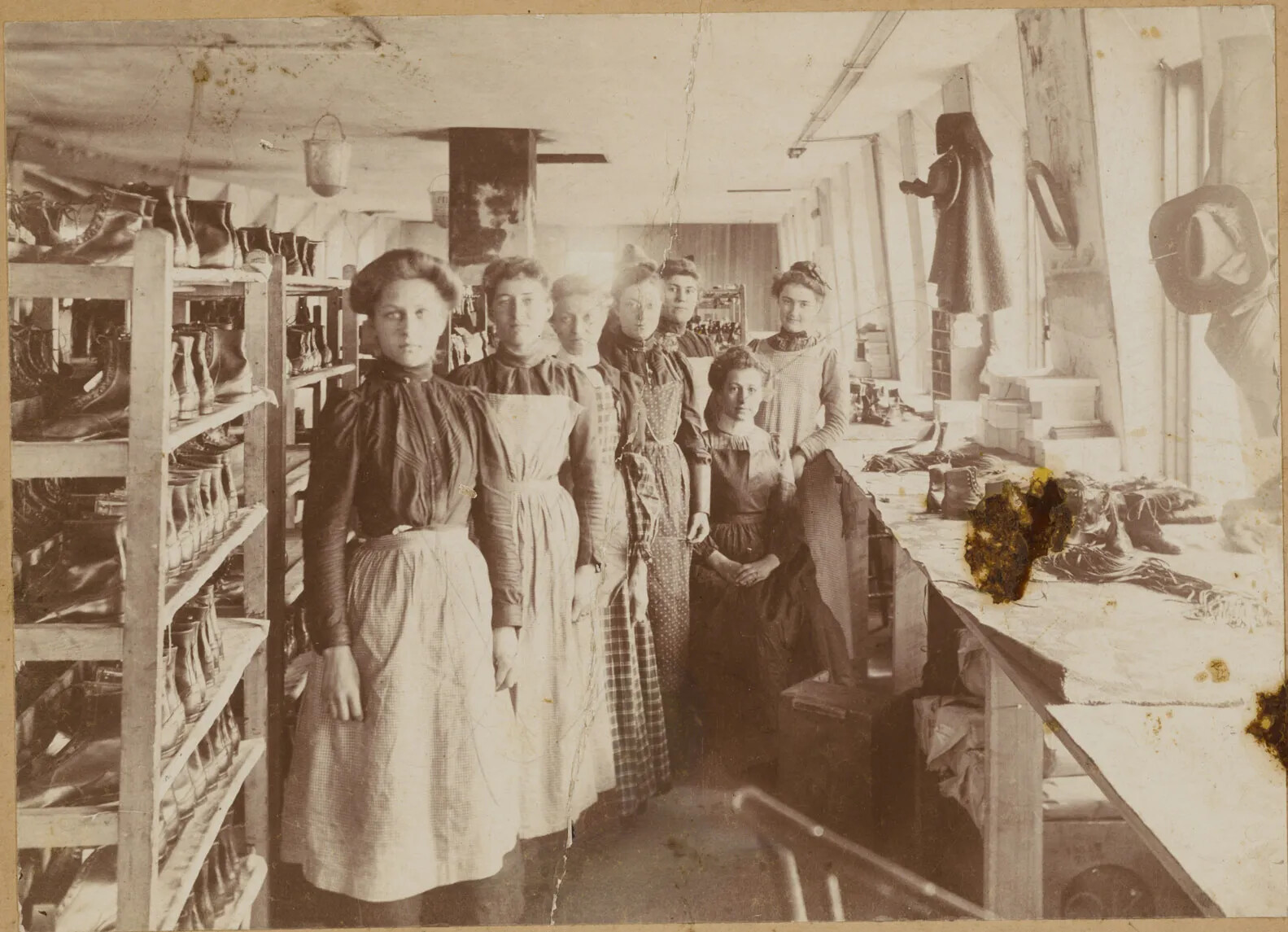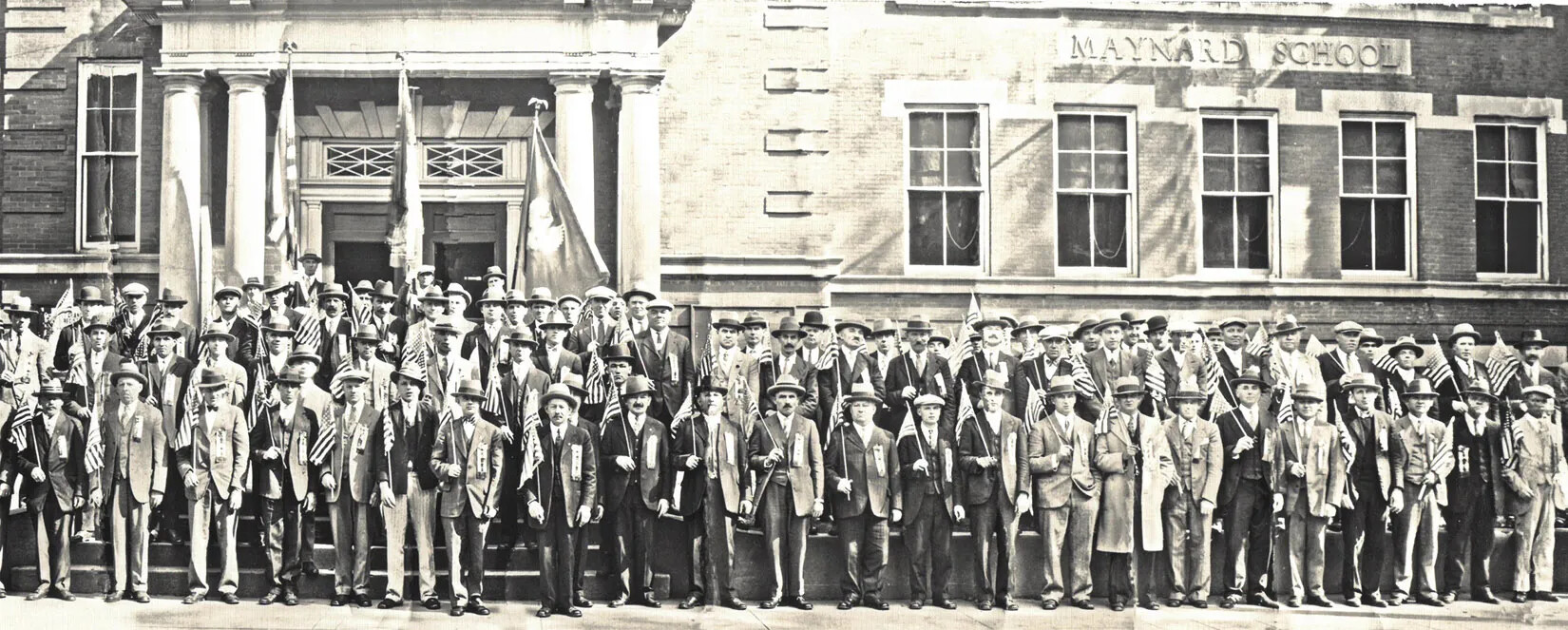Immigration in the Industrial Age
America is often seen as a land of immigrants. In the 19th century, millions of immigrants came to this country from Europe. Many of them settled in New Hampshire and took up jobs in the factories and mills that had recently been built throughout the state. Immigrants faced many challenges, but their traditions and cultures helped make New Hampshire the way it is today.
As you learn more about immigration in the industrial age, ask yourself the following questions:
- How has immigration shaped New Hampshire?
- Why did people come to New Hampshire?
- What was it like to be an immigrant?
- How did people respond to immigrants?




















































